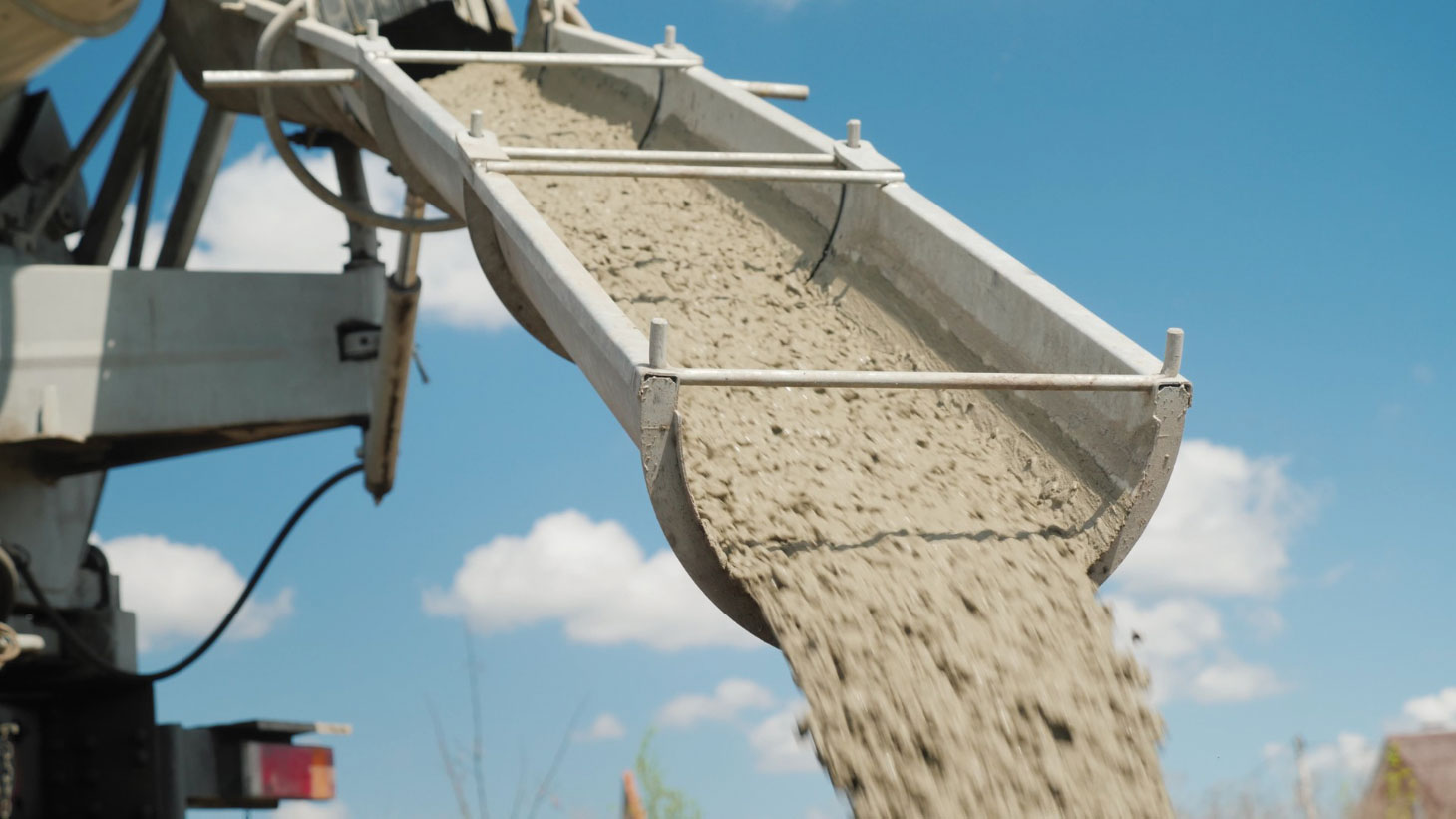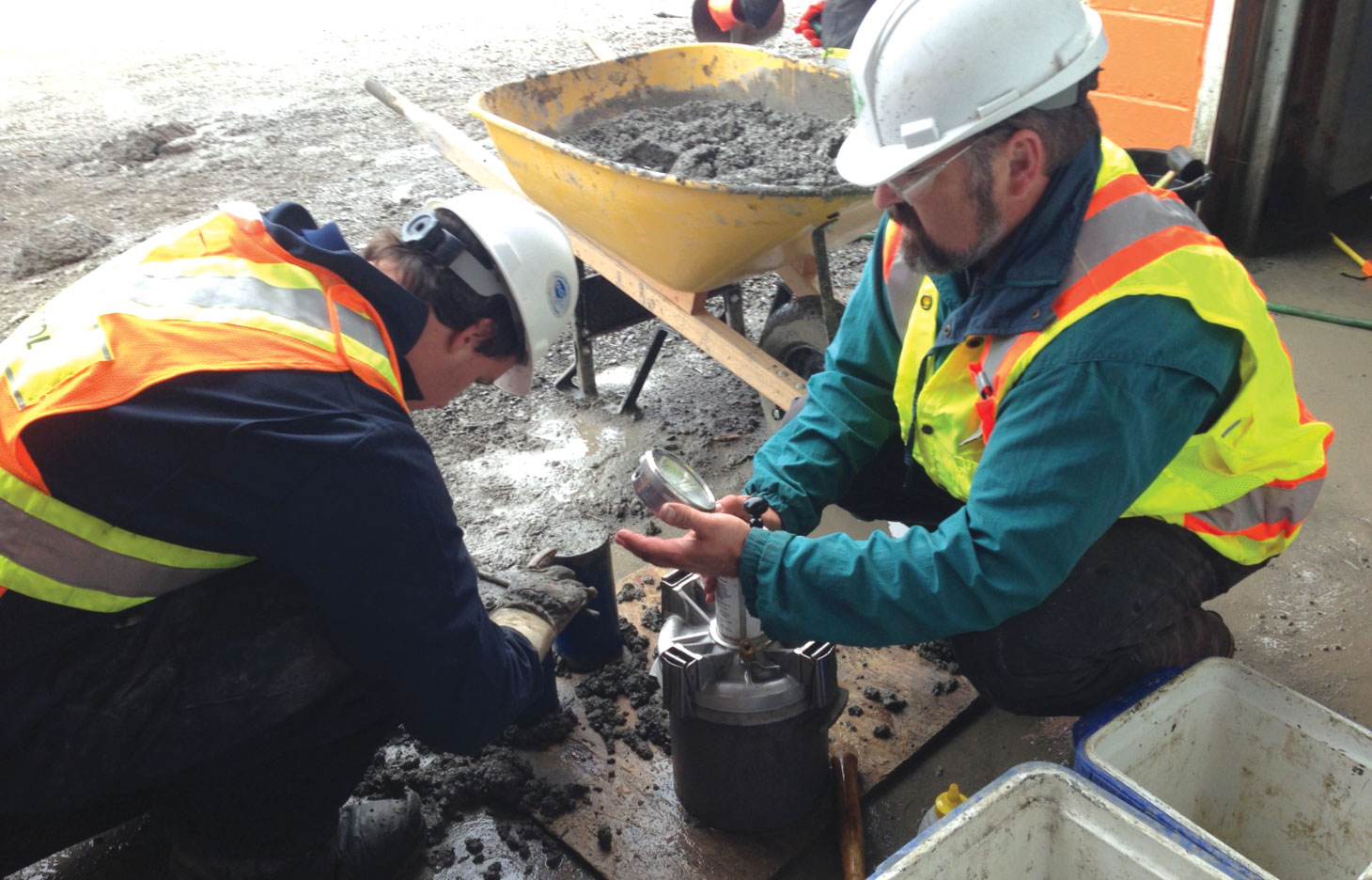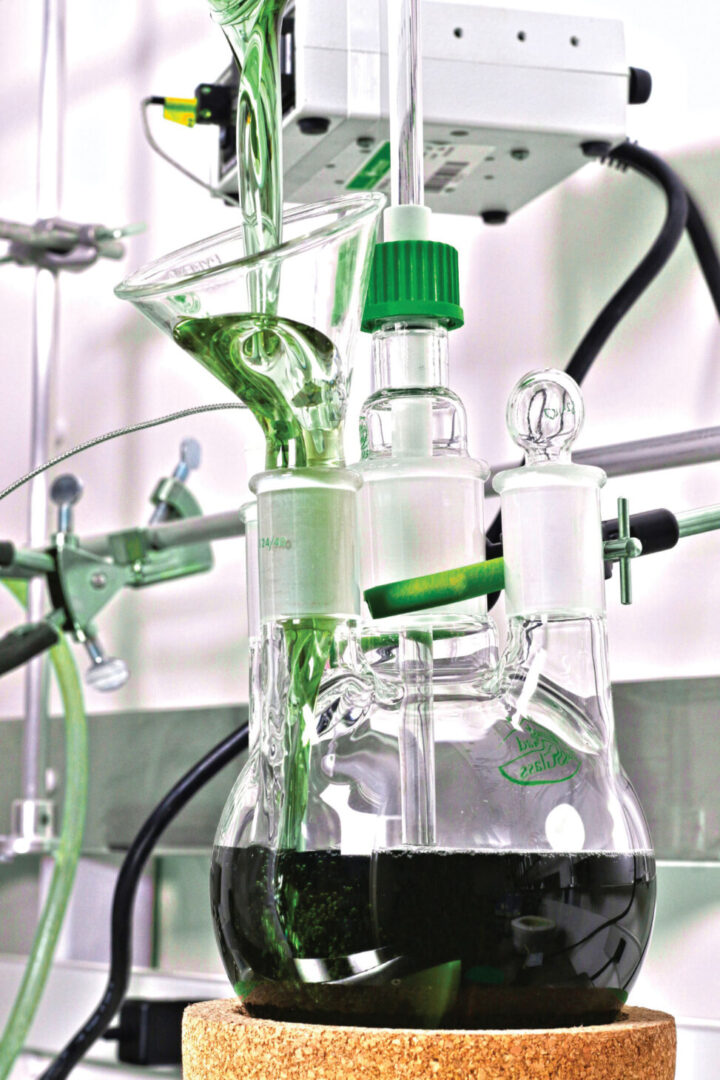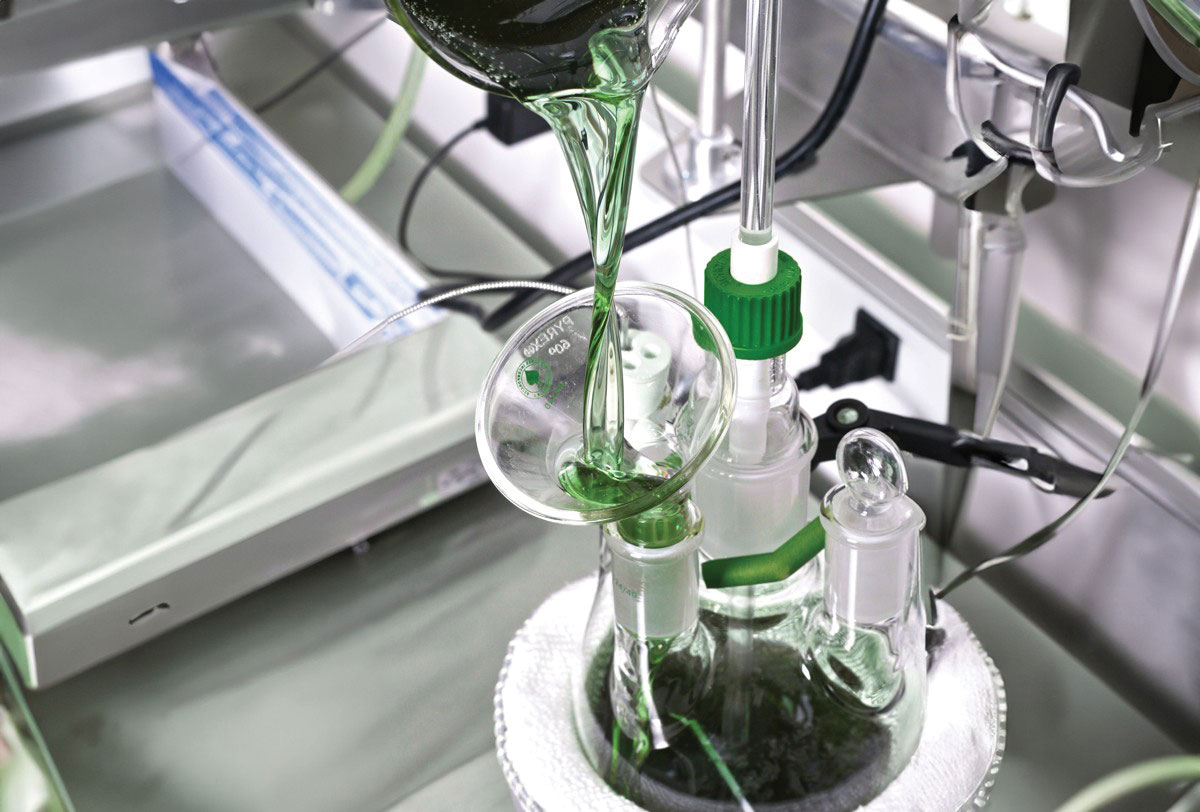
A notable trend in construction these days is the rising demand for Environmental Product Declarations (EPDs) – documents that provide material purchasers and project managers with a detailed look at a product’s environmental impacts at various points during its life cycle.
Euclid Chemical, a manufacturer of specialty concrete and masonry products based in Cleveland, Ohio, is among the construction companies riding this wave. It recently completed an EPD for its three Canadian admixture plants in Ontario, Quebec, and Alberta and plans to generate more for its U.S. operations.
“I think we’re on the leading edge here,” said Brian Salazar, Euclid Chemical’s business development manager for Canada, who led the EPD initiative.
Completed in June, Euclid Chemical’s EPD is intended to further the development of environmentally compatible and more sustainable construction methods by providing comprehensive environmental information related to the company’s chemical admixtures for concrete.
An EPD requires the manufacturer of a product and those involved in its production and distribution to determine and disclose detailed information about the materials, power consumption, water consumption and other resources used at each life cycle stage of a product, from the extraction of raw materials to its use and then the final disposal.

The purpose is to identify a product’s possible environmental impacts, which include the potential for global warming, ozone depletion, smog formation and resource depletion. Salazar says the admixture EPD will help his company monitor and hopefully reduce the environmental burden of some of the products produced in the admixture plants, located in Calgary, Alta., Toronto, Ont., and St. Hubert, Que.
He says this could include using alternate raw materials or opting for different production processes that mitigate a product’s environmental effects and increase sustainability at the Canadian plants. Salazar also says charting a product’s possible environmental impacts during its life cycle was a painstaking process for the Euclid Chemical team, especially when it came to collecting the required information from the 20 or so raw material suppliers. “It was tremendously complex,” he said, adding the EPD journey took almost a year to complete.
The Life Cycle Assessment and EPD documents were prepared and third-party verified by the Athena Sustainable Materials Institute.
Different types of admixtures
Euclid Chemical’s admixtures are liquid or powder agents introduced in small amounts while concrete is mixed. They boost the properties of fresh and/or hardened concrete. “What we do, for the most part, is enhance the performance of concrete,” said Salazar, noting Euclid Chemical’s EPD covers five types of admixtures.
They are:
- Water reducers, which lower the amount of water needed in concrete, providing longer and better workability and superior slump retention. Euclid produces normal water reducers, which can reduce water demand by five to 10 per cent, as well as high-range water reducers, which can cut water demand by as much as 30 per cent.
- Specialty admixtures, such as strength enhancers that make concrete stronger without adding more cement.
- Air entrainers, which stabilize microscopic air bubbles in concrete, improving its durability during freezing and thawing weather.
- Set accelerators, which shorten the set time of concrete and speed up early strength development.
- Set retarders, which slow the setting time of concrete. This enables concrete mixtures to maintain fresh plastic properties for a longer period of time, extending workability in hot weather and also reducing cracking and shrinkage in concrete.
Salazar says most Euclid Chemical’s admixture products are water reducers. Reducing the water content of cement means there’s less cement in a concrete mixture, which reduces the concrete’s carbon footprint. “The cement manufacturing process is one of the largest contributors to environmental harm due to its significant CO2 emissions,” Salazar said. “So, reducing the amount of cement in concrete is a good thing.”
He says the admixture EPD complements another EPD the company completed last year for its line of Tuf-Strand synthetic macrofibre and PSI Fiberstrand synthetic microfibre products, which are made primarily at a Euclid Chemical plant in Lafayette, Ga.


“Essentially, everything that we manufacture for our Canadian concrete producers, whether it’s fibre or an admixture… is covered by an EPD now,” he said. In addition to its Canadian plants, Euclid Chemical has more than a dozen facilities in the U.S. that manufacture admixtures. Salazar says his company plans to pursue an admixture EPD for those plants as well.
He says Euclid Chemical will also consider attaining EPDs for some of its construction products that are sold in plastic bags or pails, so that the environmental impacts of these products can be identified and monitored.
LEED certification
Salazar says EPDs are becoming more popular as more and more construction product buyers request environmental disclosures as part of the purchasing process.
A big reason for that is the growing demand for green building projects that are Leadership in Energy and Environmental Design (LEED) certified. EPDs can assist in the LEED certification process, making them an effective marketing tool for companies like Euclid Chemical that can disclose the environmental impact of their products in credible, universally understood manner.
“What we’ve seen with the LEED program over the last 15 years or so is that most of it started out with government facilities,” said Salazar. “It has now spread into the private sector with a lot of office buildings going this route as well.”
He says because LEED projects are becoming increasingly commonplace in Canada and the U.S., “I think we’ll see more and more requests for EPDs from a lot of different manufacturers of construction products.”